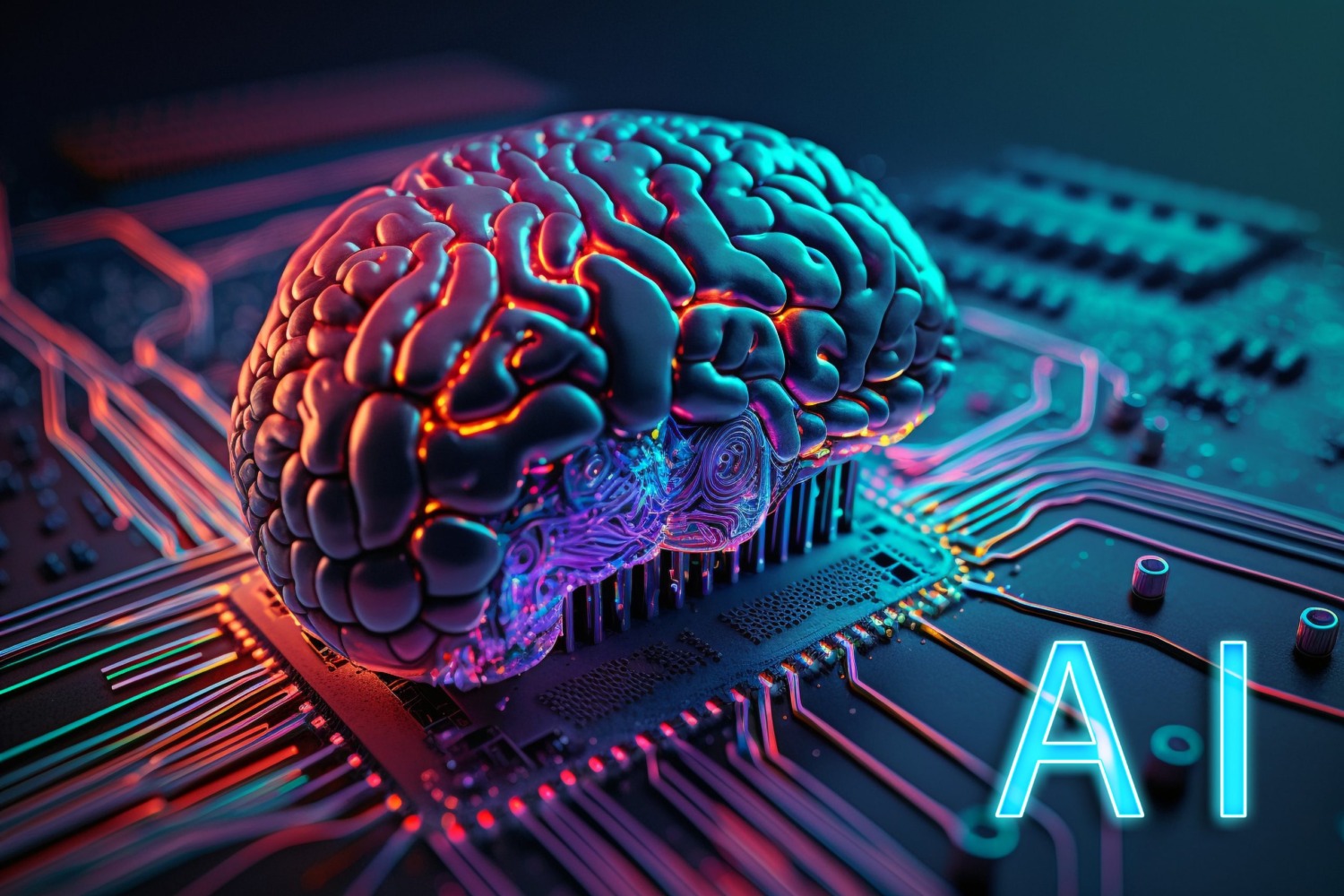Digital Solutions for Cement Sustainability: Monitoring, Reporting and Optimizing Performances
Discover how digital solutions are revolutionizing the cement industry! From IoT and remote sensors for real-time monitoring to blockchain for transparent supply chains, and AI for optimizing performance, learn how these innovations drive sustainability and efficiency.

As the cement industry grapples with the dual challenges of meeting increasing global demand while reducing its significant carbon footprint, digital solutions are emerging as crucial tools for sustainability.
These innovations, ranging from IoT devices to blockchain technology, are revolutionizing how the industry monitors, reports and optimizes performance. This article explores the transformative potential of these digital solutions, focusing on the integration of data from remote sensors within operational environments and the broader construction ecosystem.
Monitoring Performance: The Role of Remote Sensors and IoT
Remote sensors and Internet of Things (IoT) devices are at the forefront of the digital transformation in the cement industry, offering unprecedented capabilities for continuous monitoring of critical parameters essential for optimizing production and ensuring environmental compliance. These technologies provide a real-time window into the operational environment, enabling manufacturers to track and manage various aspects of the production process with high precision.
One of the primary advantages of IoT devices equipped with remote sensors is their ability to continuously collect real-time data on key variables such as temperature, pressure, humidity and emissions across different stages of cement production. This constant stream of data allows for immediate detection and response to any anomalies, significantly reducing downtime and enhancing overall operational efficiency. Additionally, the integration of predictive maintenance systems that analyse sensor data can forecast potential equipment failures before they occur, allowing for proactive maintenance. This not only minimizes unplanned maintenance and extends the lifespan of machinery but also reduces the risk of environmental incidents resulting from equipment malfunctions.

Moreover, IoT devices play a crucial role in monitoring energy consumption patterns in real-time, helping to identify inefficiencies and suggest optimizations. For example, by fine-tuning kiln operations based on sensor data, manufacturers can achieve substantial reductions in energy usage, thereby lowering carbon emissions and operational costs. This capability is particularly important as the cement industry seeks to balance production demands with sustainability goals, making IoT and remote sensors indispensable tools for driving energy efficiency and environmental stewardship. The integration of these technologies not only enhances performance and compliance but also positions the industry for a more sustainable future.
Integrating the available IOT within your organisation with a high-end sensor hub set-up, will allow you to enhance the value of the live-data collected by the IOT devices. One such solution is the CertiStream set-up from Myneral Labs. This allows an organisation to connect an infinite number of sensors and IOT devices to their ecosystem, and harness the true power of the live data available. Support by underlying blockchain technology helps to elevate the benefits and utilisation to previously unseen levels in the industry. Driving true data-driven decision-making within your organisation.

Reporting and Transparency: Integrating Data with Blockchain
Blockchain technology, celebrated for its secure and transparent nature, holds significant promise for the cement industry, particularly in enhancing visibility and traceability throughout the supply chain. By integrating blockchain, the industry can create a more transparent and accountable system that benefits all stakeholders, from raw material suppliers to end consumers.
One of the most compelling applications of blockchain in cement production is its ability to create immutable records of every transaction and process within the production and distribution chain. These tamper-proof records ensure that all participants can verify the authenticity and sustainability of the cement, fostering trust and confidence. This transparency is particularly crucial in an industry where the origin and quality of materials need to be meticulously tracked to meet stringent environmental and regulatory standards.

Integrating sensor data with blockchain technology further simplifies regulatory compliance and auditing processes. Automated data recording, combined with blockchain’s inherent transparency, reduces the need for labor-intensive manual audits and ensures consistent adherence to environmental regulations. Additionally, blockchain provides end-to-end visibility of the supply chain, helping to identify bottlenecks and inefficiencies. This comprehensive oversight enables companies to optimize logistics, reduce wastage and enhance overall supply chain sustainability, making blockchain a vital tool for driving efficiency and compliance in the cement industry.
Optimizing Performances: Advanced Analytics and AI
Advanced analytics and artificial intelligence (AI) are revolutionizing the cement industry by optimizing operations through the strategic use of vast amounts of data collected by IoT devices and sensors. These technologies enable continuous improvement across various aspects of production, ensuring efficiency, quality, and sustainability. AI algorithms, for instance, can analyse production data to uncover patterns and correlations that might elude human operators. This deep insight allows for precise fine-tuning of processes, resulting in higher quality cement, reduced energy consumption and lower emissions. The ability to make data-driven decisions at such a granular level is transforming the operational landscape, making production more efficient and environmentally friendly.

Furthermore, AI-powered automated quality control systems play a critical role in maintaining product consistency and meeting stringent specifications. By continuously analysing sensor data, these systems can detect deviations in real-time and make necessary adjustments promptly. This real-time monitoring ensures that the cement produced meets all required standards, thereby enhancing product reliability and customer satisfaction. Additionally, AI-driven models are instrumental in emission reduction efforts. These models can simulate various production scenarios to predict their environmental impact, enabling companies to adopt the most sustainable options. By optimizing process configurations to minimize emissions, the cement industry can better comply with environmental standards and contribute to global sustainability goals. Integrating advanced analytics and AI not only enhances operational efficiency but also aligns the industry with the broader imperative of reducing its environmental footprint.
Innovations in the Construction Space: Cement and Beyond
The construction industry is experiencing a wave of innovation driven by digital technologies, significantly improving the sustainability of cement and transforming how construction projects are executed. At the forefront are smart construction sites, where IoT devices and sensors create intelligent environments. These technologies enable real-time monitoring of site conditions, equipment usage and worker safety, leading to more efficient and safer construction practices. This continuous flow of data allows for immediate adjustments, reducing delays and ensuring optimal resource use.
In addition to smart construction sites, 3D printing technology is being adapted for use with cement, enabling the creation of complex structures with minimal waste. This innovation not only reduces the amount of raw material needed but also opens up new possibilities for sustainable building designs. The precision of 3D printing allows for intricate architectural elements that were previously difficult or impossible to achieve, enhancing both aesthetic and functional aspects of construction projects.

Furthermore, emerging technologies in carbon capture and utilization (CCU) are being integrated into cement production processes. These advancements capture CO2 emissions and convert them into useful products, such as building materials, further enhancing the sustainability of the industry. By turning a significant environmental challenge into an opportunity for innovation, the cement industry is making strides toward reducing its carbon footprint and contributing to a more sustainable future. These digital advancements collectively represent a significant leap forward in the way the construction industry approaches sustainability and efficiency.
The Future of Cement Sustainability
The integration of digital solutions is paving the way for a more sustainable future in the cement industry. Leveraging IoT devices, advanced analytics, AI, and blockchain technology enables significant reductions in environmental impact while maintaining efficiency and profitability.
Digital platforms enhance collaboration among supply chain stakeholders, leading to more coordinated sustainability efforts. Continuous data flow from digital tools fosters ongoing process improvements, helping companies adopt best practices and stay ahead of regulations. Increased transparency through blockchain and digital reporting enhances consumer awareness, driving demand for greener construction materials and further incentivizing sustainability in the industry.
Conclusion
Digital solutions are revolutionizing the cement industry by providing new ways to monitor, report, and optimize performance. The integration of remote sensors, IoT devices, advanced analytics, AI, and blockchain technology is creating a more transparent, efficient, and sustainable supply chain. As these technologies continue to evolve, they hold the promise of transforming the construction industry, leading to a future where sustainability is not just an option but a fundamental aspect of every project. By embracing these innovations, the cement industry can play a pivotal role in building a more sustainable world.
